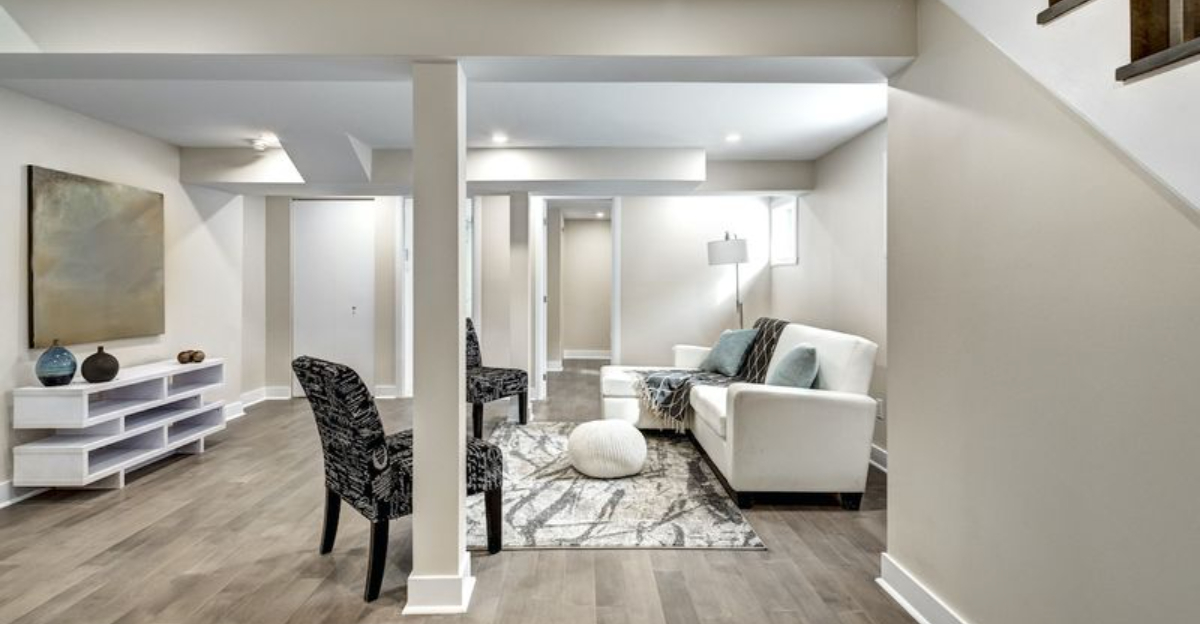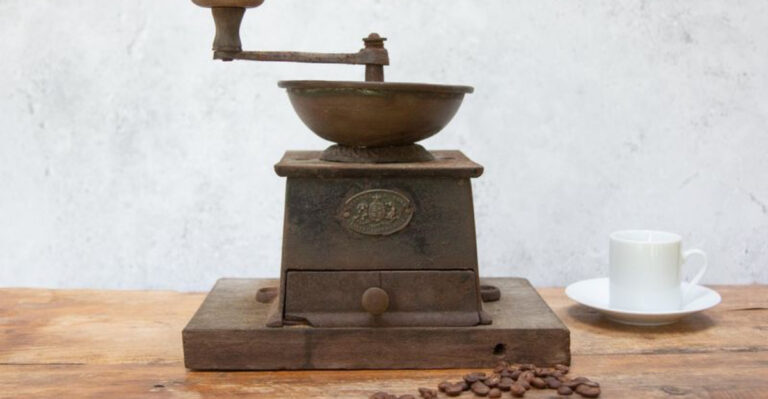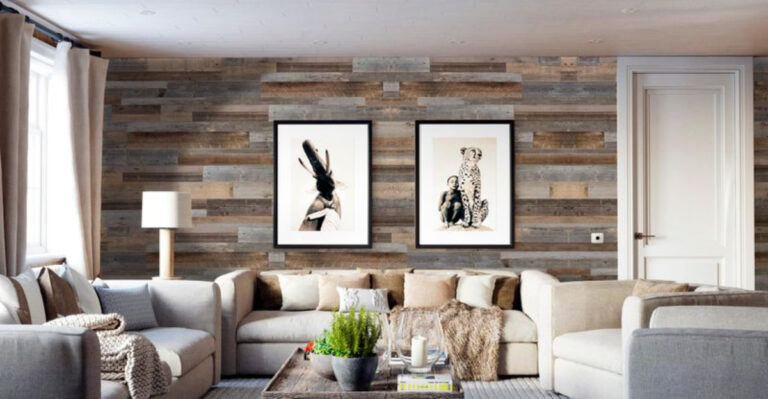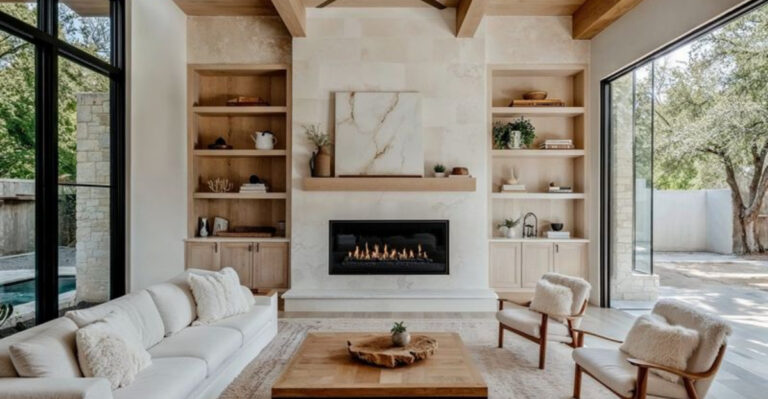16 Worst Aging-in-Place Renovations That Are Just Not Worth It, Reno Pros Warn
As someone who wants to stay in my home for the long haul, I’ve realized that not all renovations are created equal, especially when planning for the future.
I’ve seen friends spend a fortune on upgrades that looked great but ended up making daily life harder as they aged. Renovation pros say it happens all the time.
The good news? A little smart planning now can save you thousands down the road and make your home way more livable. If you’re thinking about aging in place like I am, here are the mistakes to avoid and the upgrades that truly pay off.
1. Installing Walk-In Tubs That Nobody Actually Uses
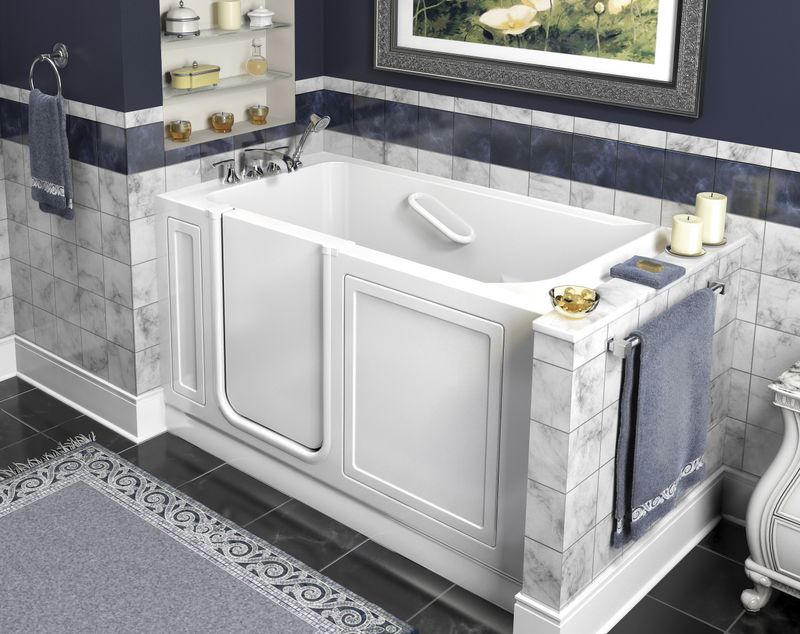
Walk-in tubs sound amazing in theory, but most people abandon them within months. The reality? You’re sitting in cold water for ages while the tub fills up, then waiting even longer for it to drain before you can exit.
Professional contractors report that 80% of clients regret this expensive upgrade. The high step-over threshold defeats the safety purpose, and the narrow seating area feels cramped and uncomfortable for daily use.
2. Over-Widening Doorways Beyond What’s Actually Needed
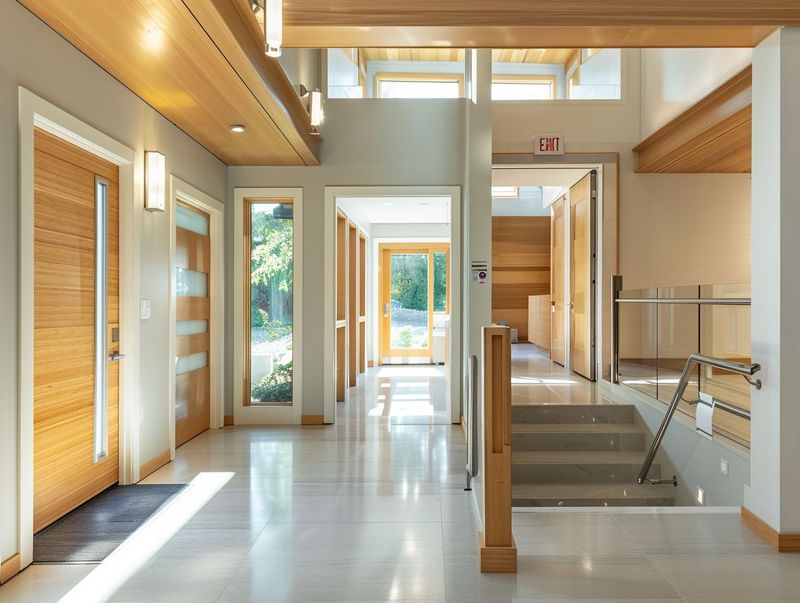
Sure, wider doorways help with mobility, but going overboard creates structural headaches and astronomical costs.
Many homeowners widen every single doorway to 36 inches when standard 32-inch openings work perfectly fine for most mobility aids.
Structural engineers frequently see load-bearing walls compromised unnecessarily. The result is thousands in extra costs for beam installation and permits, plus rooms that feel oddly proportioned and lose their cozy appeal completely.
3. Building Expensive Wheelchair Ramps You May Never Need

Building permanent ramps “just in case” often backfires spectacularly. These structures require specific slopes, handrails, and landing areas that eat up valuable yard space and cost thousands to install properly.
Occupational therapists recommend waiting until ramps are actually needed. Temporary aluminum ramps work brilliantly when the time comes, cost a fraction of permanent installations, and don’t destroy your home’s curb appeal or resale value.
4. Converting Perfectly Good Bedrooms Into Single-Use Medical Rooms

Panic-renovating a bedroom into a medical suite before you need one is like buying a hearse for grocery shopping. These conversions strip rooms of their warmth and functionality while adding zero value to your home.
Real estate agents consistently see these rooms hurt property values significantly. Smart homeowners keep bedrooms flexible and welcoming.
When medical equipment becomes necessary, it integrates beautifully into normal bedroom spaces without expensive structural changes.
5. Installing Grab Bars Everywhere Like A Prison Bathroom
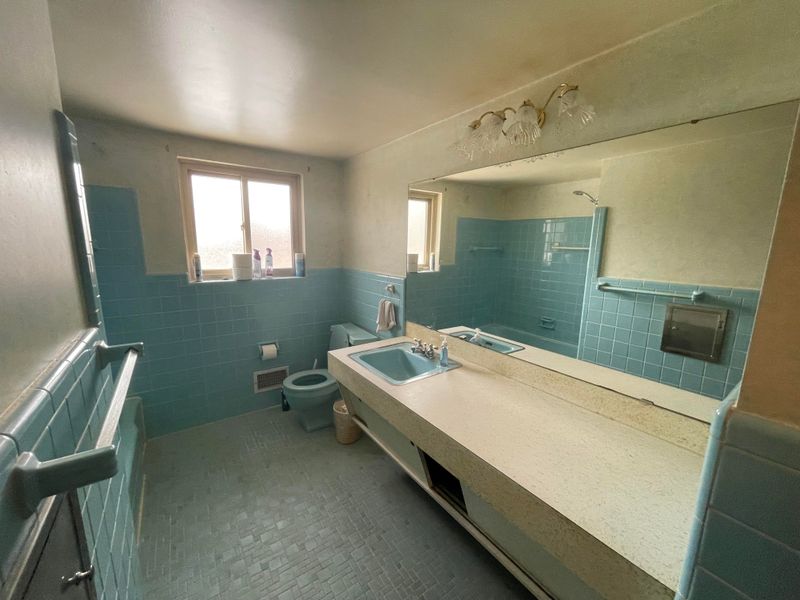
Grab bars are fantastic safety features, but installing them everywhere makes your home look like a medical facility. Many homeowners go overboard, mounting bars on every available wall surface without considering actual usage patterns.
Physical therapists recommend strategic placement based on individual needs rather than blanket installation.
Decorative grab bars that blend with your decor work better than industrial-looking safety equipment that screams “nursing home” to visitors and potential buyers.
6. Ripping Out Beautiful Bathtubs For Boring Roll-In Showers
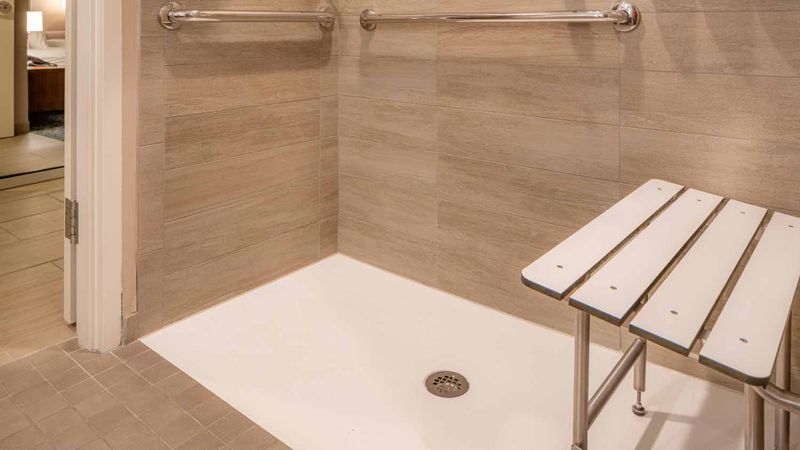
Bathtubs aren’t just for bathing anymore, they’re relaxation stations and home value boosters. Removing them entirely eliminates options for future homeowners and cuts your property’s appeal significantly.
Savvy renovators keep existing tubs and add separate accessible showers instead. This approach maintains home value while providing safety options.
Many seniors discover they still enjoy occasional soaks, making tub removal one of the most regretted aging renovations.
7. Creating Awkward Half-Bathroom Additions In Random Locations

Adding powder rooms in weird spots creates more problems than solutions. Homeowners often squeeze toilets into closets, under staircases, or other unsuitable locations thinking they’re being clever about accessibility.
Plumbing contractors see these projects fail regularly due to ventilation issues, cramped spaces, and expensive pipe routing.
Better solutions include improving existing bathroom accessibility rather than creating awkward new spaces that feel like airplane lavatories.
8. Installing Stair Lifts On Staircases That Don’t Support Them Properly
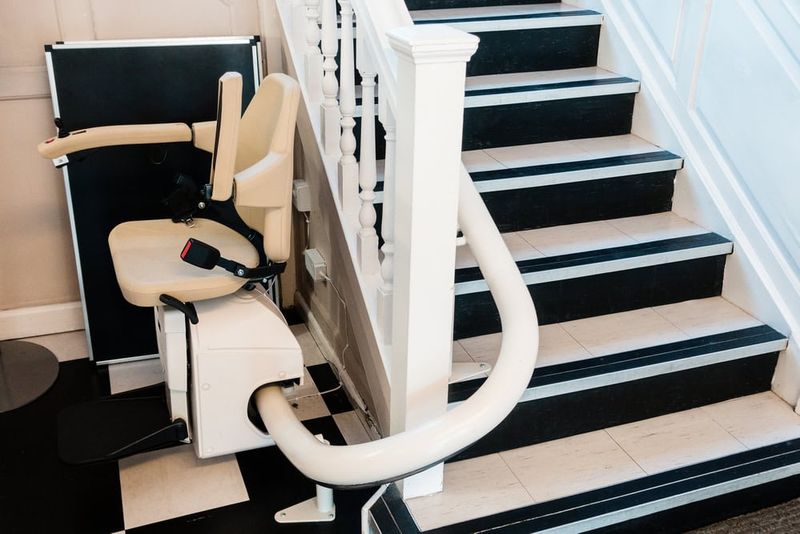
Stair lifts seem like obvious aging solutions until you discover your staircase wasn’t built to handle the weight and stress. Many older homes have stairs that require extensive reinforcement before lift installation.
Structural engineers frequently find inadequate support systems that make installations dangerous and expensive.
Sometimes moving bedrooms to main floors costs less than properly reinforcing stairs and installing lifts. Always get structural assessments before committing to these pricey mobility aids.
9. Lowering Kitchen Counters For Wheelchair Access Nobody Requested

Lowering counters before anyone needs wheelchair access creates kitchens that work poorly for everyone else. These modifications are expensive, permanent, and often unnecessary for decades.
Kitchen designers recommend adjustable-height islands or pull-out work surfaces instead. Standing family members struggle with low counters for food prep, and the modifications hurt resale value significantly.
Wait until mobility changes actually occur before making these drastic and costly kitchen alterations.
10. Building Ground-Floor Master Suites In Basements
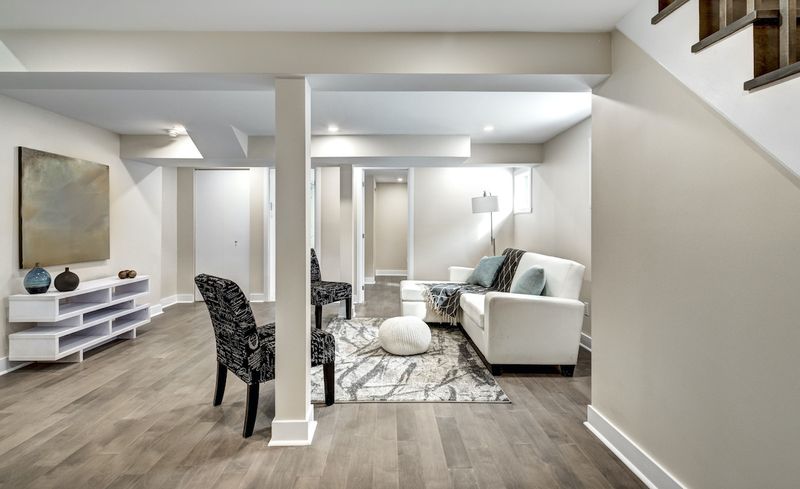
Converting basements into master bedrooms sounds logical until you’re living underground like a mole person. These spaces often lack proper egress windows, have moisture issues, and feel depressing despite expensive finishing work.
Building codes require costly modifications for bedroom conversions, including window wells and separate entrances.
The result is expensive spaces that feel like fancy bunkers rather than restful retreats. First-floor additions work better than subterranean sleeping quarters.
11. Installing Voice-Controlled Everything That Confuses More Than Helps
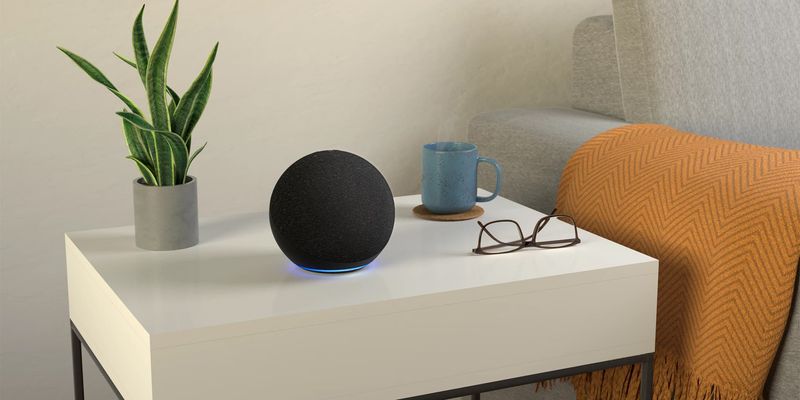
Smart home technology promises to make aging easier, but complex systems often frustrate older adults more than traditional switches and controls.
Voice commands don’t work reliably, and troubleshooting requires tech support calls. Technology installers report that simpler solutions work better for most seniors.
Large-button light switches, lever door handles, and basic automation provide better value than expensive smart systems that require constant updates and maintenance from confused grandchildren.
12. Creating Elaborate Outdoor Living Spaces You’ll Never Maintain
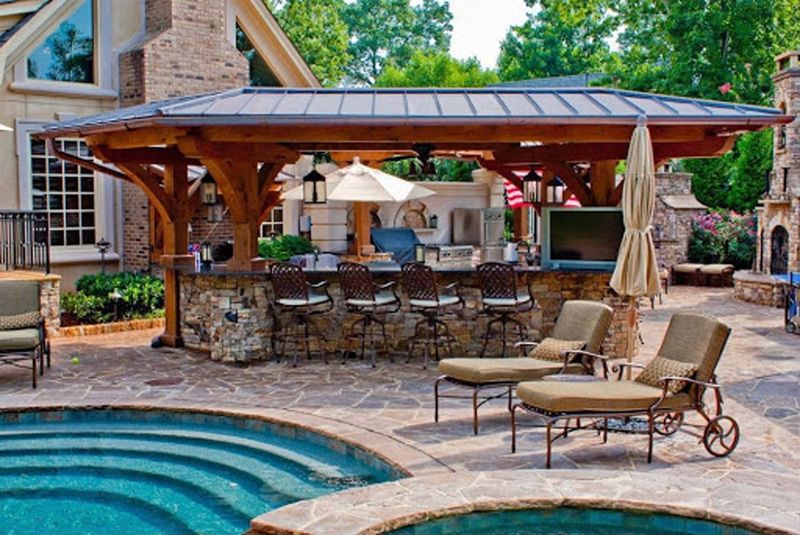
Outdoor kitchens and elaborate patios require constant maintenance that becomes overwhelming as mobility decreases.
These expensive installations need regular cleaning, seasonal prep, and ongoing repairs that many aging homeowners can’t handle. Landscape contractors see these spaces abandoned within years of installation.
Weather damage, pest problems, and upkeep demands make elaborate outdoor rooms poor investments. Simple covered patios with easy-care surfaces provide better long-term value and usability.
13. Installing Zero-Threshold Showers That Flood Bathroom Floors
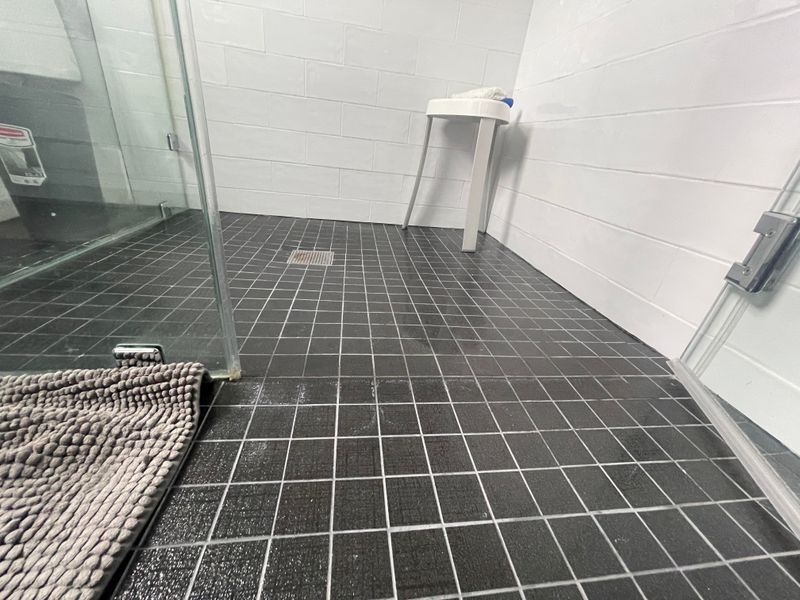
Zero-threshold showers eliminate tripping hazards but create flooding nightmares when installed incorrectly. Proper drainage requires precise floor sloping and expensive waterproofing that many contractors skip or botch completely.
Water damage from poorly installed barrier-free showers costs thousands to repair. Small thresholds actually provide better safety and water control than completely flat transitions.
Experienced contractors recommend low thresholds rather than zero-threshold designs for most aging-in-place renovations.
14. Adding Elevator Shafts To Homes That Don’t Need Them

Home elevators sound luxurious until you calculate the astronomical installation and maintenance costs. These systems require structural modifications, electrical upgrades, and ongoing service contracts that drain budgets quickly.
Most homes don’t have adequate space for proper elevator installation without major renovations. Annual maintenance costs rival car payments, and breakdowns leave you stranded between floors.
Moving bedrooms to main levels costs far less than installing and maintaining residential elevators.
15. Replacing All Flooring With Slippery Anti-Slip Materials
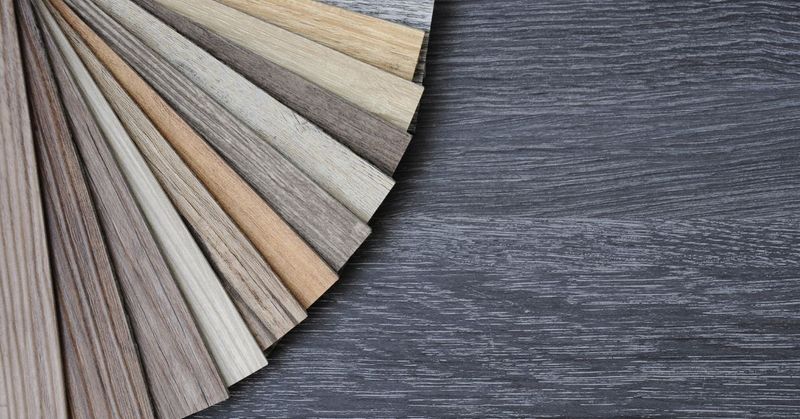
Anti-slip flooring sounds perfect for preventing falls, but many products create other problems. Heavily textured surfaces collect dirt, are difficult to clean, and can actually cause trips when mobility aids catch on raised patterns.
Flooring specialists recommend smooth, level surfaces with good traction rather than aggressively textured materials.
Quality vinyl, properly finished hardwood, or low-pile carpet provide better safety and appearance than industrial-grade anti-slip products that make homes look institutional.
16. Converting Garages Into Awkward Living Spaces
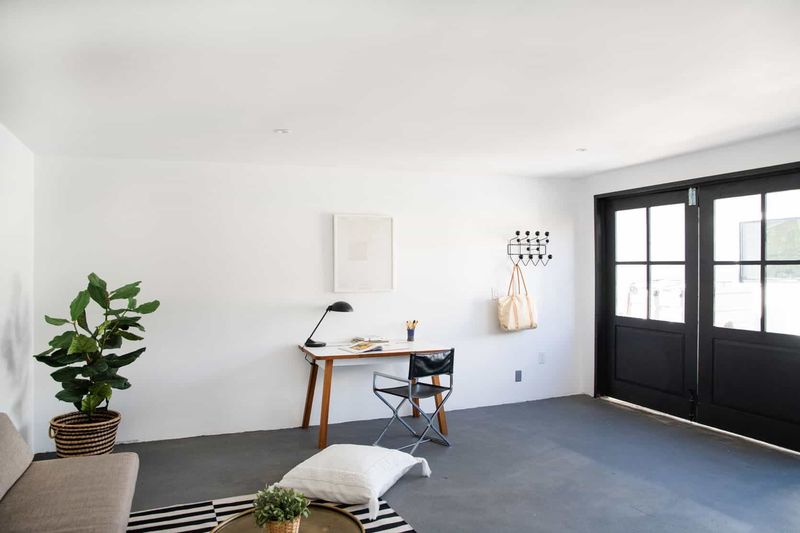
Garage conversions rarely create comfortable living spaces despite significant expense. These areas lack proper insulation, have awkward proportions, and feel disconnected from the main house despite costly renovations.
Building inspectors frequently find code violations in garage conversions, from inadequate heating systems to improper electrical work.
The money spent on these awkward spaces would be better invested in improving existing rooms or adding proper additions that integrate seamlessly with your home’s design.

